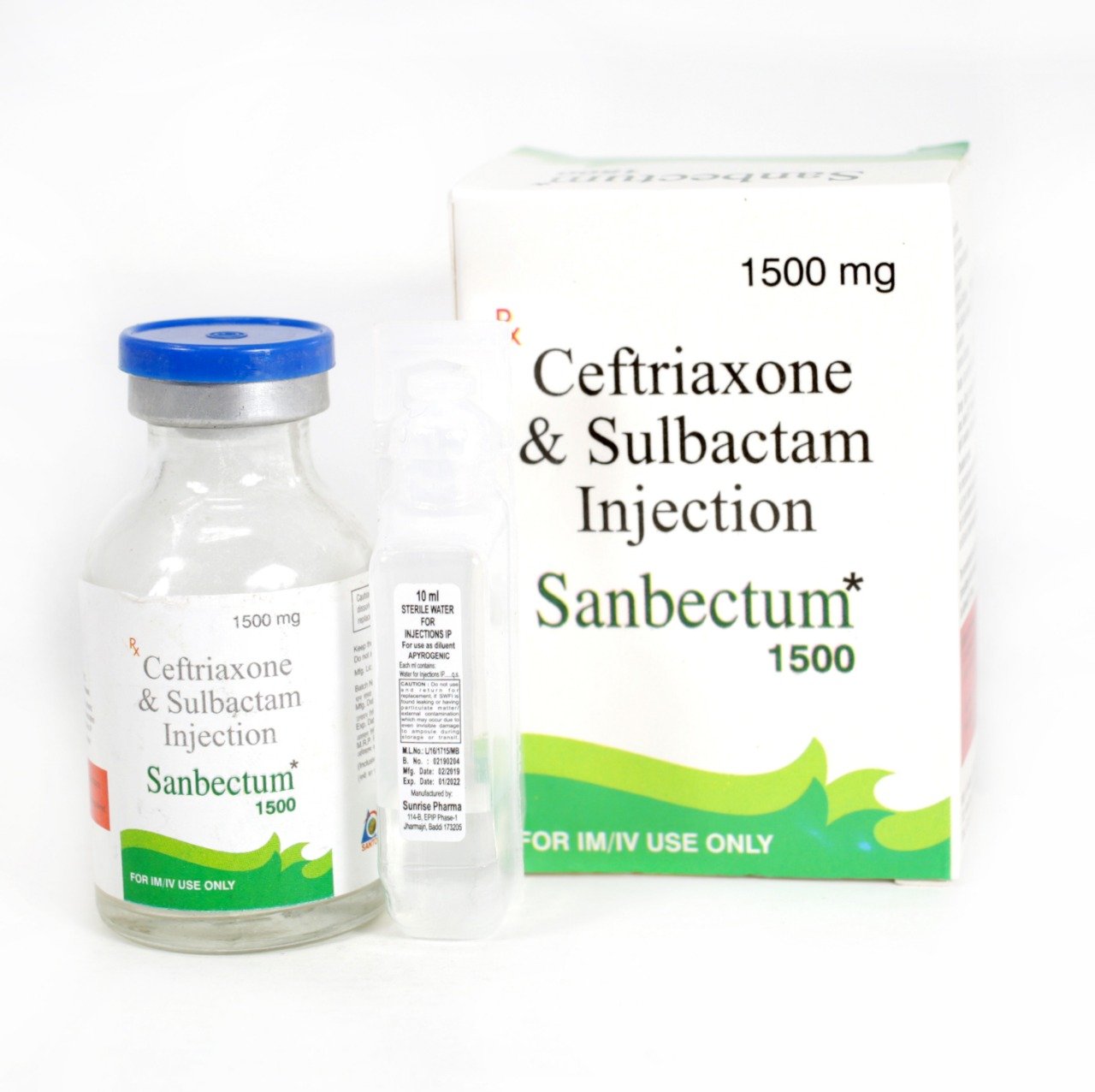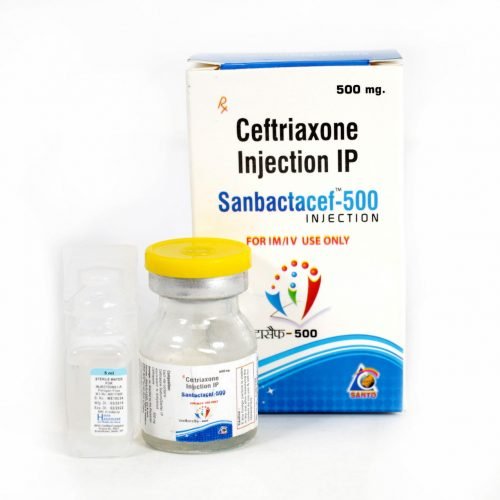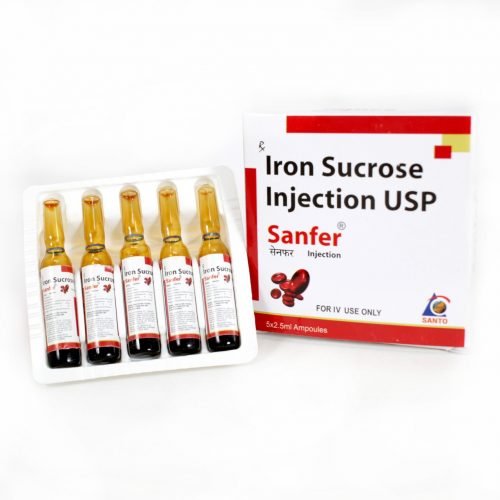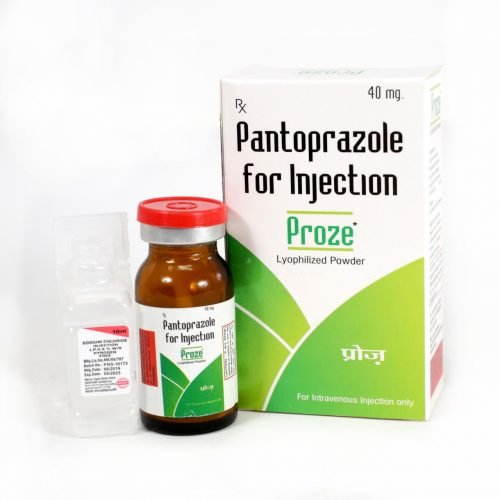- 01792-220191, 09839141955, 06390845955
- SCO No. 2 & 3, Block-B;Office No.-249A; 2nd Floor, Motia Plaza Baddi-173205; Distt. Solan (H.P.)
- Home
- Injections
- SANBECTUM-1500

SANBACTACEF-XP-1000
September 19, 2019
SANBECTUM-375
September 19, 2019SANBECTUM-1500
| Brad Name | Sanbectum-1500 |
| Composition | Ceftriaxone 1000 mg + Sulbactam 500 mg (With Sterile Water Pack) Injections |
Ceftriaxone 1000 mg + Sulbactam 500 mg (With Sterile Water Pack) Injections
Ceftriaxone is a cephalosporin (SEF a low spor in) antibiotic. It works by fighting bacteria in your body.
Ceftriaxone is used to treat many kinds of bacterial infections, including severe or life-threatening forms such as meningitis. Ceftriaxone is also used to prevent infection in people having certain types of surgery.
Ceftriaxone may also be used for purposes not listed in this medication guide.
You should not use ceftriaxone if you have ever had a severe allergic reaction to any type of cephalosporin antibiotic (Omnicef, Keflex, and others).
Do not use ceftriaxone in a child without a doctor’s advice. Ceftriaxone should never be used in a premature baby, or in any newborn baby who has jaundice (yellowing of the skin or eyes).
Dosage
Usual Adult Dose for:
- Bacteremia
- Joint Infection
- Osteomyelitis
- Pneumonia
- Septicemia
- Neurosyphilis
- Proctitis
- Salmonella Enteric Fever
- Salmonella Gastroenteritis
- STD Prophylaxis
- Syphilis – Early
Usual Pediatric Dose for:
- Bacteremia
- Joint Infection
- Osteomyelitis
- Septicemia
- Bacterial Infection
- Urinary Tract Infection
- Meningitis
Precautions
Before using ceftriaxone, tell your doctor or pharmacist if you are allergic to it; or to other antibiotics (such as penicillins, other cephalosporins); or if you have any other allergies. This product may contain inactive ingredients, which can cause allergic reactions or other problems. Talk to your pharmacist for more details.
Before using this medication, tell your doctor or pharmacist your medical history, especially of: gallbladder disease, kidney disease, liver disease, stomach/intestinal diseases (such as colitis).
Do not give any products by vein that contain calcium (including IV solutions such as Ringer’s solution, Hartmann’s solution, parenteral nutrition-TPN/PPN) to a newborn less than 1 month old who is receiving this medication. Doing so can cause serious problems in the vital organs.
Side effects
Swelling, redness, or pain at the injection site may occur. If any of these effects last or get worse, tell your doctor or pharmacist promptly.
Remember that your doctor has prescribed this medication because he or she has judged that the benefit to you is greater than the risk of side effects. Many people using this medication do not have serious side effects.
Tell your doctor right away if you have any serious side effects, including: easy bruising/bleeding, unusual tiredness, symptoms of gallbladder disease (such as stomach/abdominal pain, nausea, vomiting), signs of kidney problems (such as change in the amount of urine), pink/bloody/dark urine, painful/frequent urination, back/side pain, yellowing eyes/skin, uncontrollable movements, mental/mood changes (such as confusion), seizures.
Drug interaction
Drug interactions may change how your medications work or increase your risk for serious side effects. This document does not contain all possible drug interactions. Keep a list of all the products you use (including prescription/nonprescription drugs and herbal products) and share it with your doctor and pharmacist. Do not start, stop, or change the dosage of any medicines without your doctor’s approval.
Some products that may interact with this drug include: calcium-containing IV fluids.
Although most antibiotics are unlikely to affect hormonal birth control such as pills, patch, or ring, a few antibiotics (such as rifampin, rifabutin) can decrease their effectiveness. This could result in pregnancy. If you use hormonal birth control, ask your doctor or pharmacist for more details.
This medication may interfere with certain lab tests (such as certain urine glucose tests), possibly causing false test results. Make sure lab personnel and all your doctors know you use this drug.





